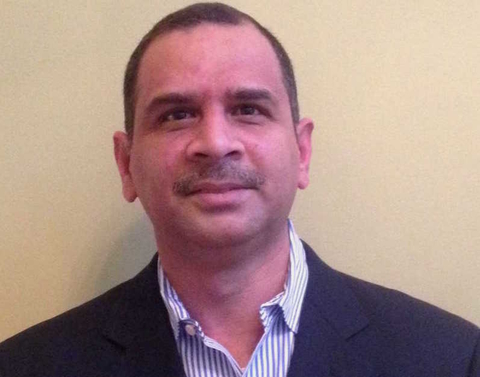CenturyLink's Anil Simlot has a lot on his plate now that he's the new leader of the telco's virtualization organization.
Simlot, vice president of virtual services development and support, is now in charge of CenturyLink's virtualization efforts after the recent departure of James Feger, who left CenturyLink to work for F5 Networks. Having worked for Qwest Communications for over 10 years, Simlot joined CenturyLink in 2011 after the telco's deal to buy Qwest Communications was finalized. Simlot served as director of data networking and development until December, when he was promoted to vice president prior to taking on his current role.
In this FierceTelecom Q&A, which was edited for length and clarity, Simlot spoke about CenturyLink's approach to automation and edge compute.
FierceTelecom: What has CenturyLink's approach been to automation?
Anil Simlot: Our approach for automation has been to look at the assets that we have. We had some assets like the cloud application manager that we got from our acquisition of ElasticBox. We got some assets from Level 3 called SAO (Service Activation Orchestrator). Those assets already had a lot of automation built in. We looked at that automation that they have and that they provide, and we are now working on trying to see how we can take those pieces that we already have and combine them together in order to provide the customer with an end-to-end view of their services and automate their services. We are focusing our attention on using automation not just on making things easier for us, but making it easier for the customer. So it's all about customer experience that we are focusing our attention on using the automation and the pieces that we have.
Some of the challenges that we are working on are just the way the different components, especially on the physical network, how they react to automation. So you have some components that are very eager and easy to automate, but then you have some other components that do not work that well under our control system. We are working on identifying where the gaps are, and how do we work in trying to put everything together so that we can provide an end-to-end automation for our customer experience.

FierceTelecom: Does SDN and NFV make automation easier, harder or both?
Simlot: We are focusing on virtual services a lot because we think that it does provide that automation, that quick service delivery perspective that our customer wants, very easily. Because the way these VNFs have been built they can be orchestrated by an outside system as opposed to say how routers, back in the day, were built. They were built for somebody using CLI (command-line interface) to go into them and provision them.
So there is a big improvement, if you would, between how things used to be and how these VNFs are being built right now. From day one, the focus of all these VNFs is to be managed by an orchestrator rather than by human intervention. I think that's the big difference between the two. So we think that we, by having virtual services running on VNFs, are able to get that automation that we desire and the customer requires in a much easier manner. There are some challenges that come with it, but we think from an orchestration perspective, it is much better.
FierceTelecom: I've heard other service providers talk about closed-loop automation. Is CenturyLink working toward closed-loop automation by using machine learning and artificial intelligence?
Simlot: We are looking at closed-loop automation. We are working on both AI and machine learning in order to help us with the closed-loop automation. We are in early stages of it.
RELATED: CenturyLink banks on machine learning, artificial intelligence for better security
FierceTelecom: Edge compute has been a hot topic of late. What is CenturyLink doing with moving more services or applications at the edge?
Simlot: We already have a system that we call the Programmable Services Backbone. We also have cloud edge compute. We have these edge cloud and edge compute platforms that we have been deploying around the network. We actually have services on our edge cloud platform that we sell to our customers. We've been doing that for a while now, and we continue to build those out in order to get working services on them. Our thought process is that—and I don't think that there's any difference between what we are probably finding out in the industry—we will provision the customer service, whether they are physical or virtual, wherever it is the best fit for it. For example, if a customer needs Microsoft Office 365, it makes sense to put it in the cloud, but if a customer wants WAN optimization it makes sense to put it on their edge at the customer prem.
Our approach to edge cloud and edge compute is that it is basically a mechanism for us, a platform for us, to deliver services to our customer and make the best decision for the customer experience as to what goes where and why. With our cloud application manager, we can move workloads between different cloud environments, whether it's third-party cloud or private cloud, we can move things around. The approach we're taking at CenturyLink is to put the service where it makes most sense for the customer in order to get the best experience possible.
I shouldn't be bragging, but we were ahead of everybody else in this space. We've already put those out there, and we've been offering services and real customer remedies off of those platforms.
